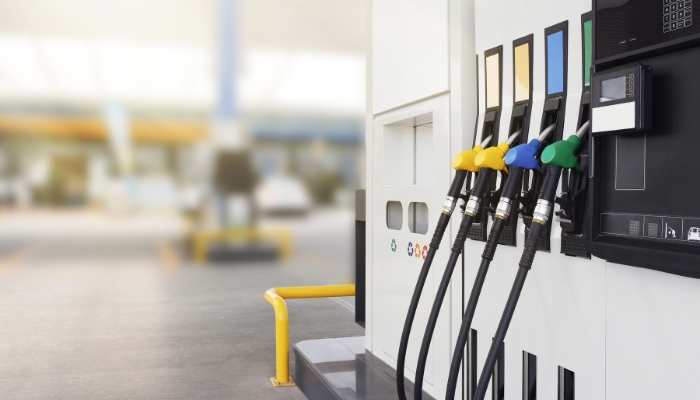Gas Prices Surge: Challenges for the Fed
Anúncios
Gas prices are surging once again in the United States, with the West Coast, particularly California, feeling the pinch. The average gas price in California has soared to $5.76 a gallon, a 30-cent increase in just one week. In the Los Angeles-Long Beach metro area, it reached $6.03 a gallon, a 47-cent hike in seven days. This trend is not limited to California; 11 states now have an average gas price of $4 per gallon, with Washington and Nevada seeing prices reach $5 or more.
Nationally, while gas prices remain below last June’s record of $5.02, they have risen to $3.88 per gallon, marking the highest level of the year. The surge in gas prices can be attributed to rising oil prices, primarily driven by supply cuts from Saudi Arabia and Russia. U.S. oil prices reached $93.74 a barrel, a ten-month high, with Brent crude, the international benchmark, inching closer to $100.

The impact of rising gas prices is significant, especially for lower-income families, serving as a visible reminder of the cost of living. This surge in prices can also have political implications, as consumers often associate the prices with government policies and leadership. For the Federal Reserve, which is tasked with managing inflation and economic stability, this presents a challenge. While the recent increase in gas prices complicates the Fed’s mission, experts believe it is not an immediate risk to the U.S. economy.
Historical data suggests that oil prices must double within a year or less before posing a threat of a recession, requiring them to reach around $140 per barrel. The recent rise in gas prices is unlikely to reach this level. While some energy experts predict a peak in gas prices soon, uncertainties in the oil market, particularly decisions by OPEC+ nations like Saudi Arabia and Russia, continue to influence prices.
The Federal Reserve is closely monitoring these developments, as they can impact inflation and consumer spending. However, the Fed is expected to remain cautious and not make hasty decisions based solely on rising the prices. Wall Street anticipates no interest rate hikes in the near term, with the focus on managing core inflation, which excludes food and energy prices. Higher energy prices, while a challenge, may also help the Fed curb inflation by reducing consumer spending, which has been a significant driver of economic growth.
In summary, the recent surge in gas prices in the United States is raising concerns for consumers and policymakers alike, particularly the Federal Reserve. While it presents challenges, the Fed is expected to take a measured approach in its response, with a focus on broader economic indicators and long-term stability.



